Ingredients : Deionized water, glycerin, glycerol monostearate, liquid paraffin, ginger oil, beeswax, cetyl alcohol, essential oil, methylparaben, butylated hydroxytoluen
Active Ingredients: Ginger is abundant in active constituents, such as phenolic and terpene compounds [13]. The phenolic compounds in ginger are mainly gingerols, shogaols, and paradols. In fresh ginger, gingerols are the major polyphenols, such as 6-gingerol, 8-gingerol, and 10-gingerol
Indications: Relief of pain caused by joint inflammation, muscle pain, rheumatism pain and sciatica pain, inflammation caused by trauma, pain caused by muscle cramps, ligament stretching, pain caused by damage to the neck, back and shoulder vertebrae
Dosage and administration: First, clean and dry the skin completely and use it during massage
Side effects: So far, no specific side effects have been reported
Recommended tips: If you notice any allergy or inflammation, stop using it and consult a doctor.
Avoid using the product around the eyes, mucous surface and open wounds. Do not use on the skin near the eyes and lipsDo a sensitivity test on the body before using on the face. Do not use on open or damaged skin.
Contraindications and precautions: does not have
Pharmacological effectsand mechanism of action MOA: Used cosmetically or topically in general, Ginger Essential Oil can soothe redness and eliminate bacteria, especially redness and bacteria
associated with acne. Its antioxidant properties are known to have a protective effect on the skin, inhibiting the signs of skin damage and aging, such as wrinkles and fine linesGinger is widely used in massage therapy, products for muscle and joint relief, nausea relief and more because of its versatile and time- tested potencyGinger improves skin elasticity and evens skin tone, which further helps improve skin texture. And the natural exfoliating factors (lactic acid) in yoghurt gently exfoliate skin and accelerate the rate of cell turnover.Investigating the effects of SwedishMassage with Aromatic Ginger Oil (SMGO) on chronic back pain and disability in the elderly suggests that the integration of SMGO or TTM therapy to provide comprehensive care to elderly people with chronic back pain can be considered by health professionals. Ginger is abundant in active constituents, such as phenolic and terpene compounds [13]. The phenolic compounds in ginger are mainly gingerols, shogaols, and paradols. In fresh ginger, gingerols are the major polyphenols, such
as 6-gingerol, 8-gingerol, and 10-gingerol.
References:
The effectiveness of Swedish massage with aromatic ginger oil in treating chronic low back
pain in older 2014/adults: A randomized controlled trial

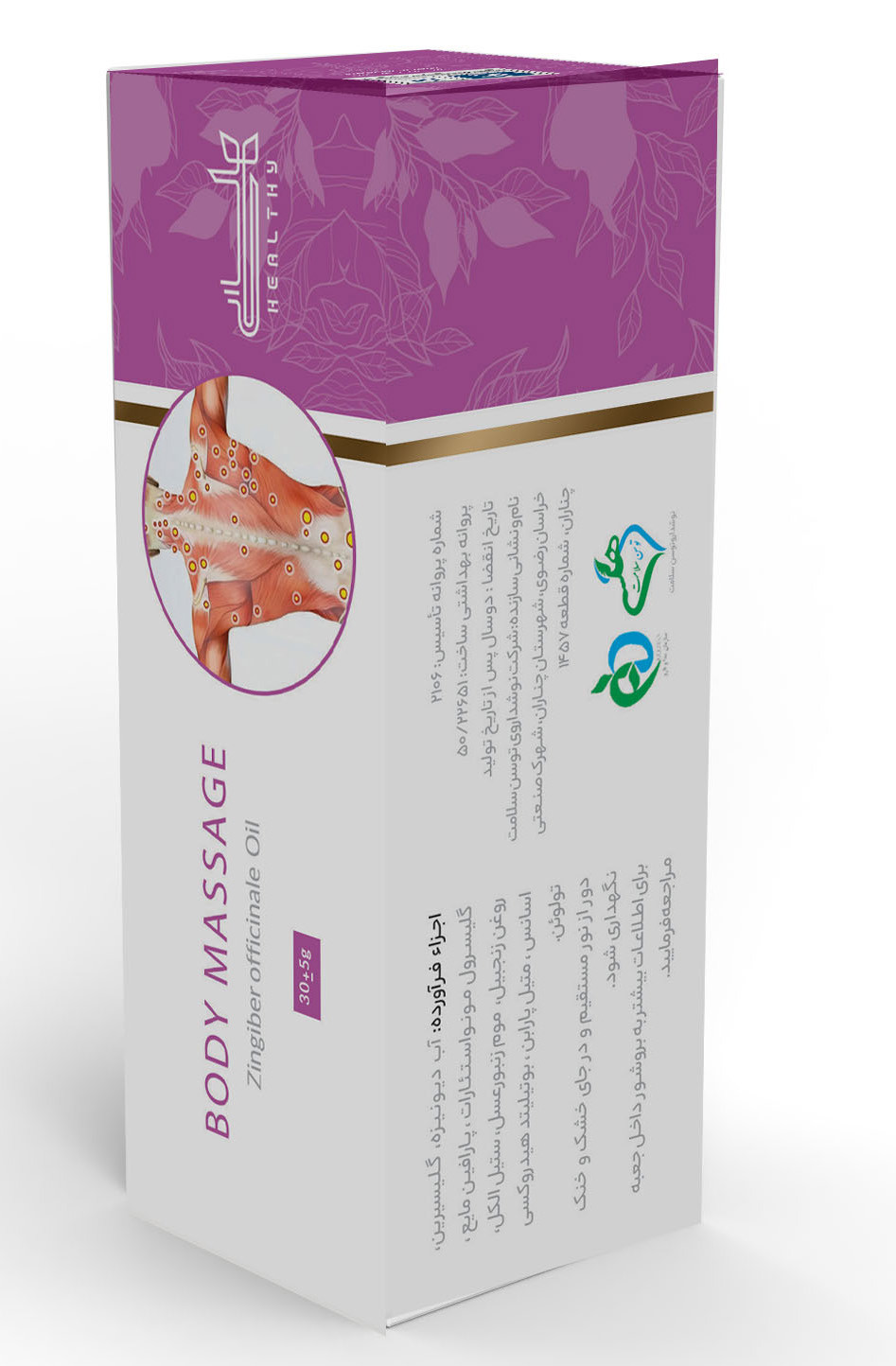
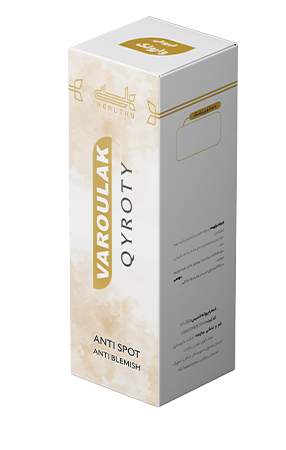
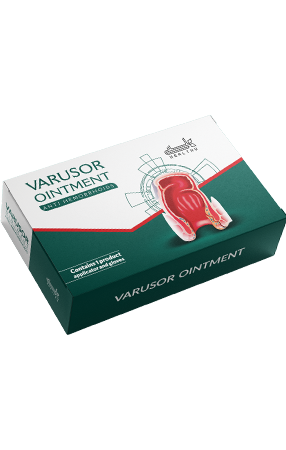
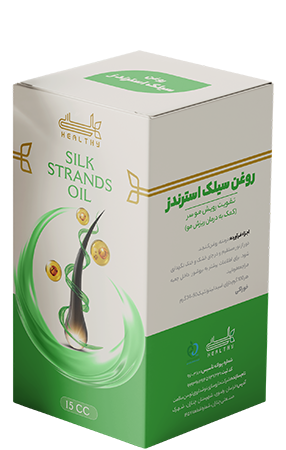
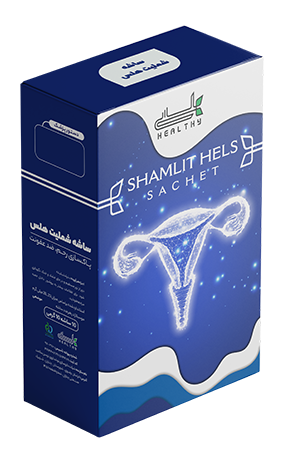
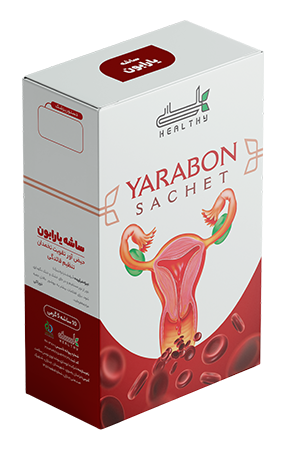

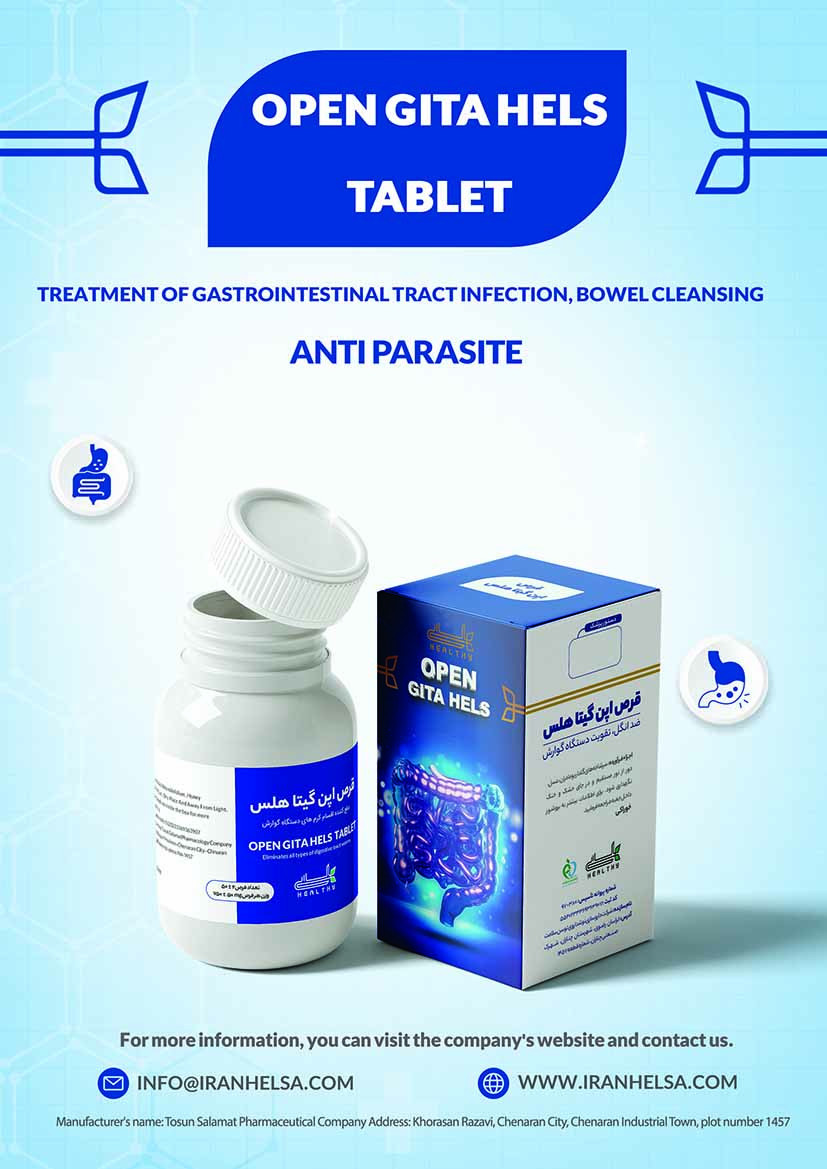
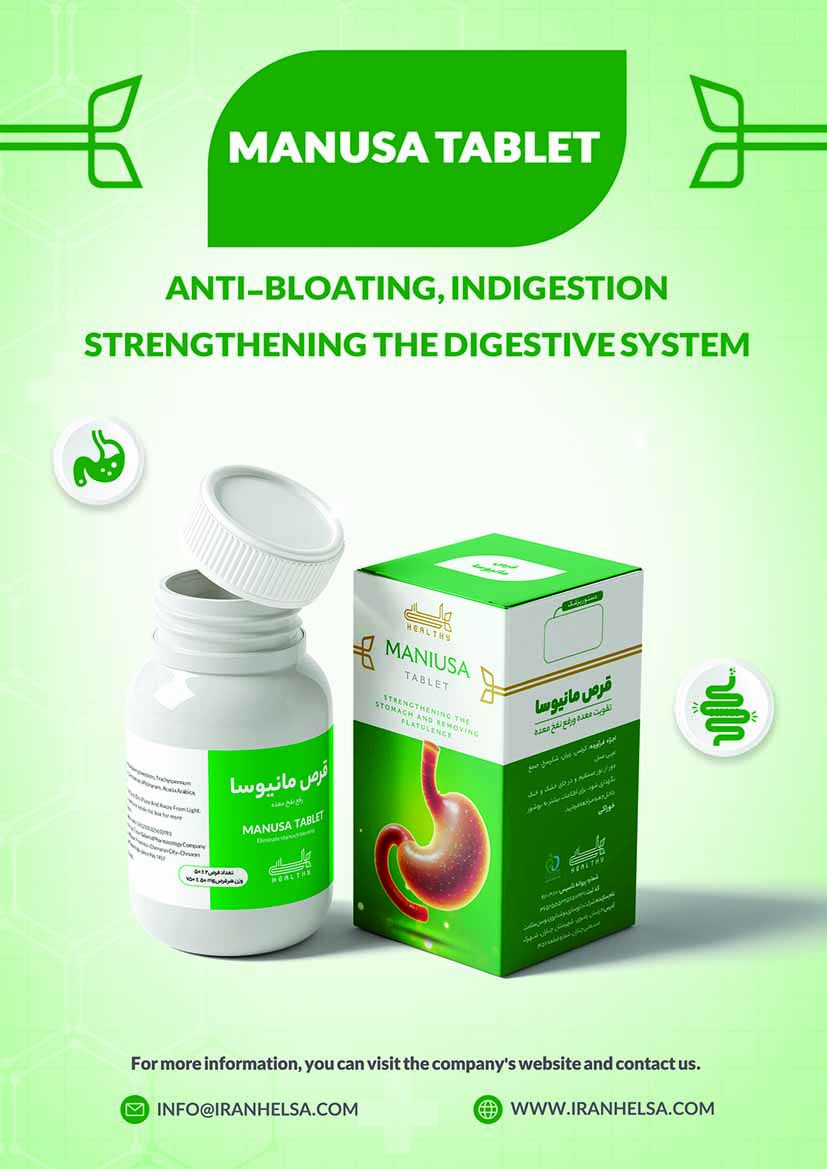
User comments